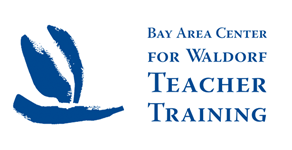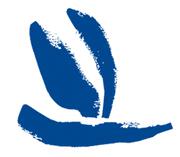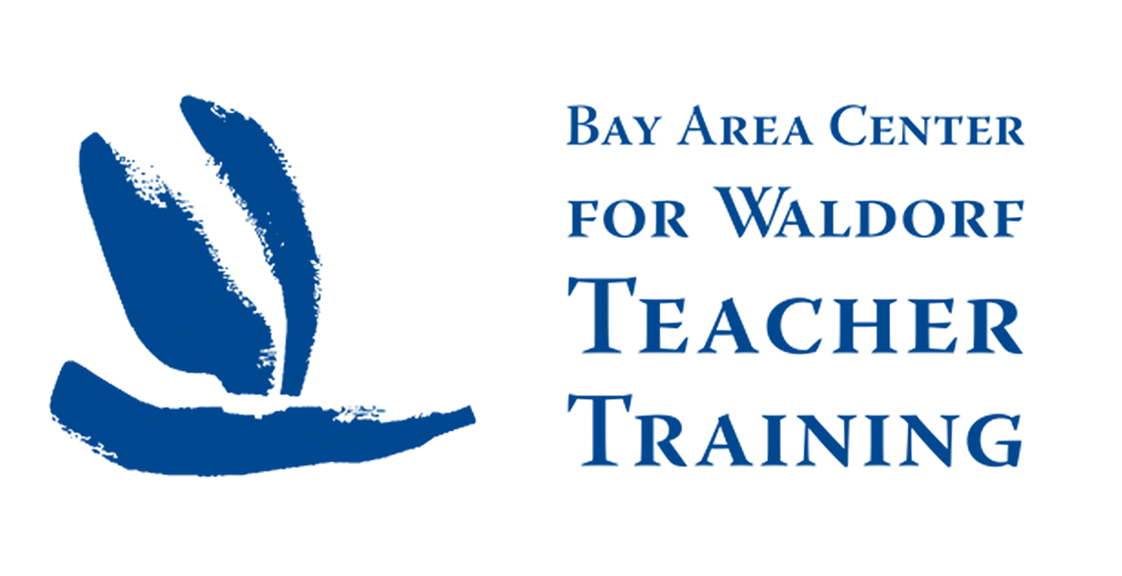Dear BACWTT Students, Alumni, Friends and Colleagues,
Here is the Calendar of the Soul, looking back over the past week.
Calendar of the Soul
Verse 29
English
To fire thinking’s radiance
Forcefully within myself,
Find meaning in experience,
From World-Spirit’s fount of strength —
For me is summer’s heritage
Is autumn’s clam and winter’s hope.
Mandarin
我的愿力之强,
煽动思索的火花,
让它熊熊燃烧,
让它从宇宙精神的源头,
读取生命的深层的意义:
这,就是我的夏之继承,
秋之慰藉和冬的希望。
Spanish
Atizar en el interior a sí mismo,
vigorosamente la luminosidad del pensar,
interpretando lo vivido lleno de sentido
desde la fuente de fuerzas del espíritu universal,
es para mí ahora herencia del verano,
es quietud otoñal y también esperanza invernal.
We can follow the movement from one week to the next:
Last week’s “light of thought…sun-like power of the soul” becomes “thinking’s radiance/forcefully within myself.”
“Life’s riddles to resolve” becomes “find meaning in experience.”
The soul qualities tangled together in “wish, fulfilment and hope” become separated out and clearly connected to past, present and future.
Summer—past—heritage.
Autumn—present—calm.
Winter—future—hope.
For us here in California this week, we are taking great pleasure in the rain! It feels as though we have been holding our collective breath for the last few months as we waited and watched anxiously through the fire season. Although there were some terrible fires earlier this year, and this rain doesn’t mean the fire season is entirely over, the breaking of the dry spell allows us to relax some-where deep down that we were barely conscious of.
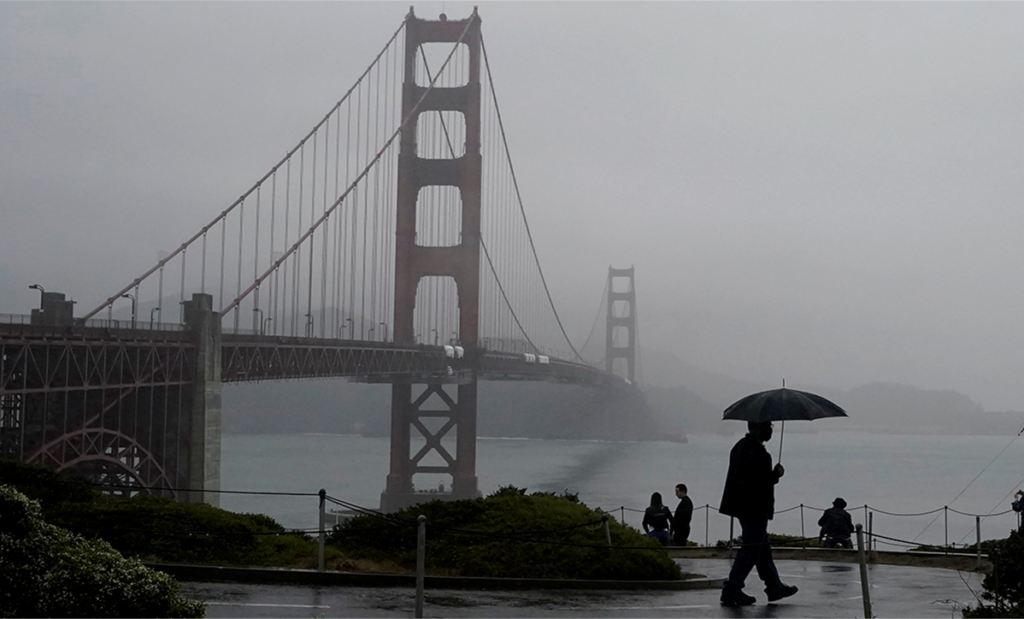
The cloudy, gloomy skies and the falling water help us to move into an inner mood, to settle into our inner space, to arrive at a place of calm that has been out of reach until now.
While searching for a painting by Canadian painter, Lawren Harris, that could help to illustrate the expression of calm, I found this piece by G.C. Myers, a painter from the Finger Lakes region of New York, on his website:
“Whenever I need a lift or a reminder that what I am doing is not a mere triviality, it’s always good to revisit the work and words of the late painter Lawren Harris. Harris, who died in 1970 in his native Canada at the age of 85, had a way of capturing of grand spaces and forms and imbuing in them a sense of absolute stillness. It’s a created atmos-phere that is conducive to the unfolding and growth of one’s soul….Some might say that this in itself is an escape from life and, in the simplest terms, they would be correct. But art transcends the mere act of escape in that while doing so, it provides the space and nourishment for the growth of the soul. I know that I have often looked to art as a safe haven, an escape from the cruelty and often illogical nature of the outside world. But it was never just that single thing. This separation between the outer and inner world created an environment, a time and place, where lessons could be learned and insights could be formed. These lessons and insights become part of who we are and then undoubtedly travel with us back into that outer world. No, art is not an amusement or an escape. It changes us in fundamental ways and by that, we are always made better.”
G. C. Myers captures what I wanted to say about creating a place of calm that is expressed in the verse—that it is a state that “is conducive to the unfolding and growth of one’s soul.”
Myers also succinctly describes the outer and inner worlds, and our need to move between them—moving inwards to develop insights before moving outwards again to be in the world with the lessons we processed and integrated into our being.
I was searching for a painting by Harris because there is something in the way he brings clarity in the light, firmness in the forms, a feeling for space, and stillness that has a relationship to the mood of calm we are searching for at this time of the year.
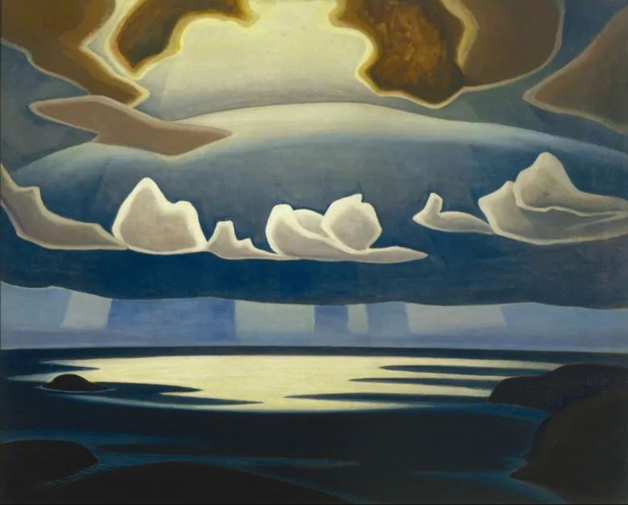
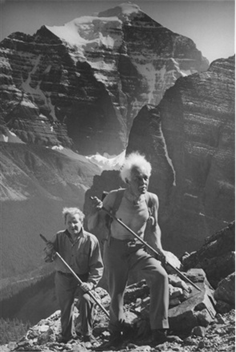
Lawren Harris became famous as one of the Group of Seven, a collective of artists in Canada in the early 1900’s, who brought the new wave of painting “en plain air” from Europe to the northern shores of this continent. They believed that a distinct Canadian art could be developed through direct contact with nature.
It is interesting to look at the photo, on the left, of Harris in nature and compare this with the impression his paintings make. In his art, we can experience a structuring into well-defined forms, sculpting with light and shadow, finding order and pattern that brings the wild and untamable to a momentary calm.
If you look at the works of the other painters of The Group of Seven, you will see that the painting styles are quite different and this was his own unique, artistic response to being out in the wild.
“Art is not an amusement, nor a distraction, nor is it, as many men maintain, an escape from life. On the contrary, it is a high training of the soul, essential to the soul’s growth, to its unfoldment.” -Lawren Harris
Lawren Harris and Ira Dilworth hiking near Mount Temple, Canadian Rockies. Photo courtesy of the Estate of Lawren S. Harris.
The gathering up of the past and building a place of calm leads to the possibility of lifting our gaze and looking to the future—the last of the three ideas at the end of the verse, ”winter’s hope”.
In last week’s verse, “hope” was given a negative context, but we should realize that for Steiner, hope is a deeply essential aspect of human life. In the lecture, “Faith, Love, Hope” given in December 1911, Steiner builds this sense for the importance of hope:
“For the forces we need emphatically as life-giving forces are those of hope, of confidence in the future. As far as the physical world is concerned, people cannot take a single step in life without hope….. We do, however, know one thing—that if we are physically alive the next day there will be morning, midday, evening, just as there are to-day. If to-day as a carpenter I have made a table, it will still be there tomorrow; if I am a shoemaker, someone will be able to put on to-morrow what I have made to-day; and if I have sown seeds I know that next year they will come up. We know about the future just as much as we need to know. Life would be impossible in the physical world were not future events to be preceded by hope in this rhythmical way. Would anyone make a table to-day without being sure it would not be destroyed in the night; would anyone sow seeds if he had no idea what would become of them?
It is precisely in physical life that we need hope, for everything is upheld by hope and without it nothing can be done. The forces of hope, therefore, are connected with our last sheath as human beings, with our physical body. What the forces of faith are for our astral body, and the love-forces for the etheric, the forces of hope are for the physical body. Thus a man who is unable to hope, a man always despondent about what he supposes the future may bring, will go through the world with this clearly visible in his physical appearance. Nothing makes for deep wrinkles, those deadening forces in the physical body, sooner than lack of hope.
The inmost kernel of our being may be said to be sheathed in our faith-body or astral body, in our body of love or etheric body, and in our hope-body or physical body; and we comprehend the true significance of our physical body only when we bear in mind that, in reality, it is not sustained by external physical forces of attraction and repulsion, that is a materialistic idea, but has in it what, according to our concepts, we know as forces of hope. Our physical body is built up by hope, not by forces of attraction and repulsion.
This very point can show that the new spiritual-scientific revelation gives us the truth. What then does Spiritual Science give us? By revealing the all-embracing laws of karma and reincarnation, it gives us something which permeates us with spiritual hope, just as does our awareness on the physical plane that the sun will rise to-morrow and that seeds will eventually grow into plants. It shows, if we understand karma, that our physical body, which will perish into dust when we have gone through the gate of death, can through the forces permeating us with hope be re-built for a new life. Spiritual Science fills men with the strongest forces of hope. Were this Spiritual Science, this new revelation for the present time, to be rejected, men naturally would return to earth in future all the same, for life on earth would not cease on account of people’s ignorance of its laws. Human beings would incarnate again; but there would be something very strange about these incarnations. Men would gradually become a race with bodies wrinkled and shriveled all over, earthly bodies which would finally be so crippled that people would be entirely incapacitated. To put it briefly, in future incarnations a condition of dying away, of withering up, would assail mankind if their consciousness, and from there the hidden depths of their being right down into the physical body, were not given fresh life through the power of hope.
Faith, love, hope, constitute three stages in the essential being of man; they are necessary for health and for life as a whole, for without them we cannot exist. Just as work cannot be done in a dark room until light is obtained, it is equally impossible for a human being to carry on in his fourfold nature if his three sheaths are not permeated, warmed through, and strengthened by faith, love, and hope. For faith, love, hope are the basic forces in our astral body, our etheric body, and our physical body.”
We are already one month past the balance point of the autumn equinox, where the Earth is neither tilting towards or away from the sun, but is tilting perpendicular to the sun. This effectively creates a moment when the tilt of the earth has no effect on the length of the day and night, and is a moment of stillness and harmony.
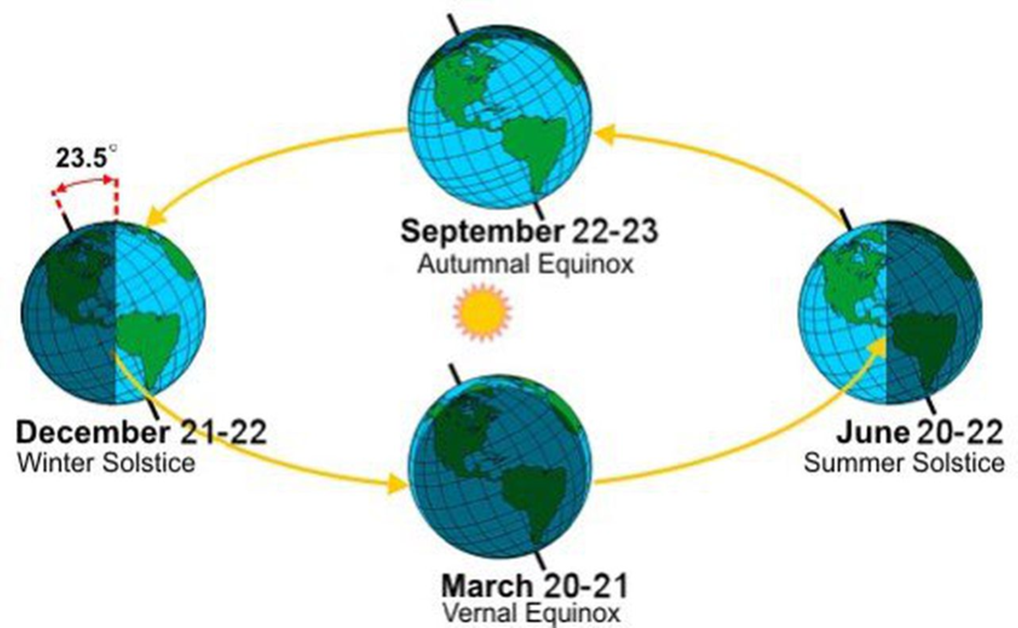
The verse suggests that, inwardly, we are in a midpoint between summer, autumn and winter and experiencing a kind of inner equinox. If we add into this picture the movement of the Sun through the stars of twelve zodiac constellations, we will see that we are entering the time of the Scales, Libra. Traditionally, the Sun rises in the zodiac sign of Libra in September at the same time as the equinox. In reality, if we look at the actual night sky, we will see that because of the movements of the Earth, the Sun is only entering the sign of Libra around now—according to the biodynamics planting calendar on the October 18th, or according to the sidereal zodiac around October 31st.
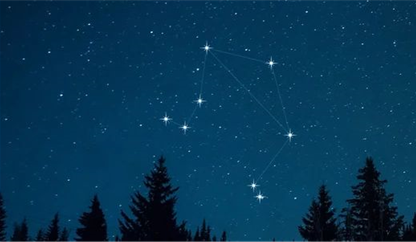
It is thought that Libra is a relatively new constellation and was separated out from Virgo on one side and from Scorpio on the other side by the Romans around 3500 years ago. At that time, this was the region of the heavens in which the Sun rose in during the autumn equinox and the con-stellation of the Libra, the Scales, expressed the autumnal balance point of the year. The Romans made the two claws of the constellation Scorpius (the Scorpion) into the arms of Libra. Originally, Libra was known as “the Claws” of Scorpius and two of Libra’s stars still bear the Arabic names, Zubeneschamali and Zubenelgenubi, respectively meaning “Northern Claw” and “Southern Claw.”
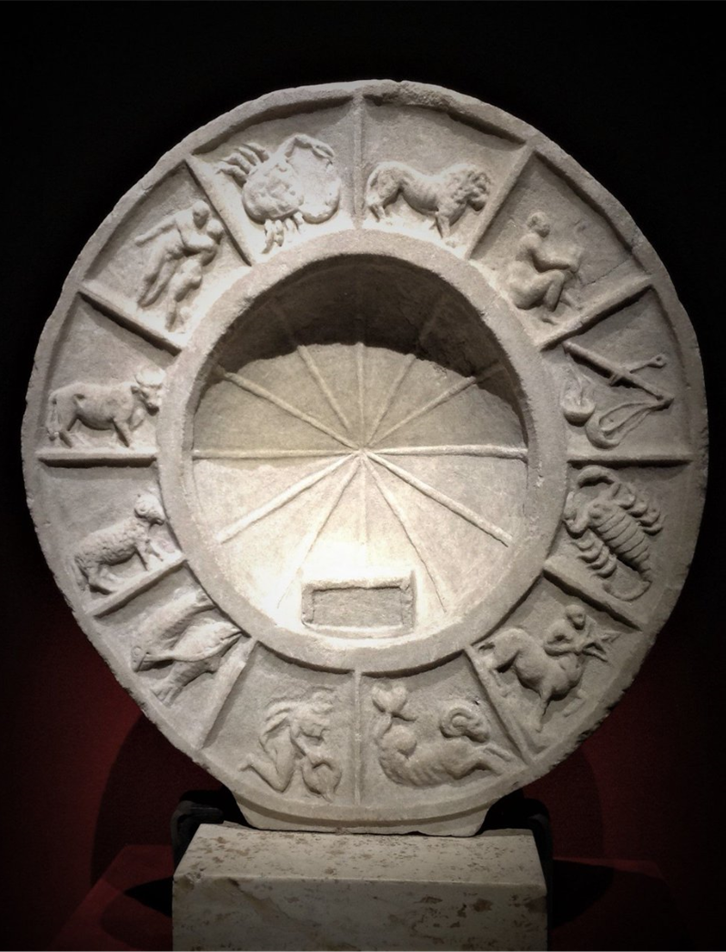
Roman stone relief of the Zodiac circa 100 AD. The Scale are in the upper right. 
Libra, or al-Mīzān, depicted in the 14th/15th century Arabic astrological text Book of Wonders. The Kitab al-Bulhan (Arabic: ناتلبلا باتك ), or Book of Wonders, or Book of Surprises, [1] is a mainly 14th century Persian manuscript compiled by Abd al-Hasan Al-Isfahani.
It is helpful to realize that during history, things have been changed and adapted in such a way that they became useful and supportive for those people, while at the same time maintaining a thread back to ancient wisdom.
Are we capable of doing this? Can we recognize Steiner doing this with the Calendar of the Soul, revisiting the transition into the Libra time of the year? Can we metamorphose the outer and cos-mic image of the Scales to an image of inner action of calm and centeredness, of finding balance in our current situation that seems to constantly try to throw us off balance?
In regard to this idea, I was struck by the sculpture of the “Tightrope Walker” by Kees Verkade and his other works on this theme as contemporary expression of Libra.
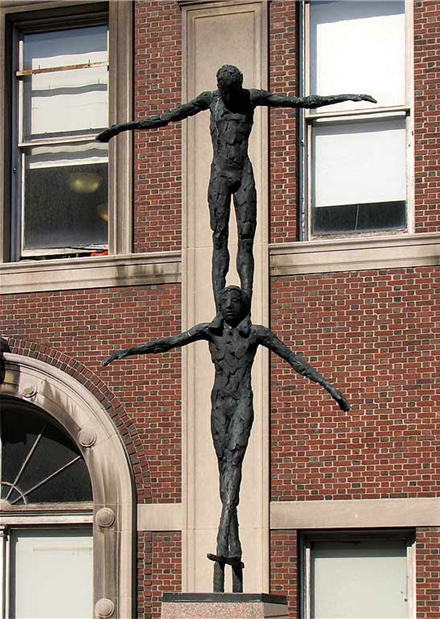
Tightrope Walker by Kees Verkade, Columbia University Law School in New York. In memory of Bill Donovan, 1970. 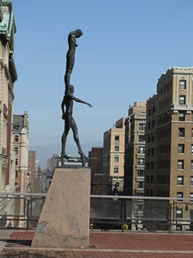
Kees Verkade represented Bill Donovan as a tightrope walker with someone balancing on his shoulders. He tried to capture the feeling that if the tightrope walker made a wrong decision, everything could collapse. Kees considered that the sculpture depicts the balance of law.
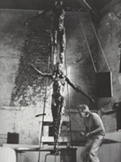
I know many colleagues in Waldorf education who feel this way—trying to keep everything moving forward, to keep calm, trying to keep balanced amidst the buffeting of the wind and of course to not drop the precious cargo they are carrying!
I hope we can find the inner Libra that is needed now and that “autumn’s calm” is able to filter in… And maybe we need to add tightrope walking to the Waldorf teacher training programs!
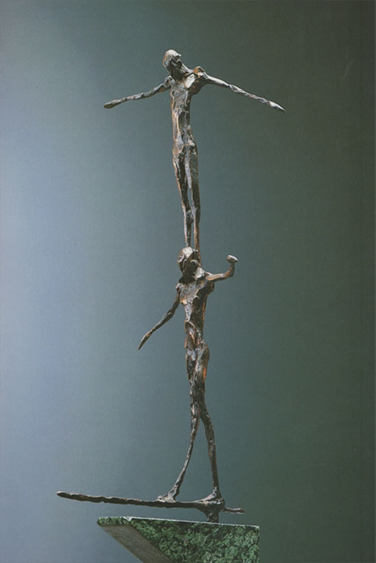
Ken
Kenneth Smith
Director, BACWTT
